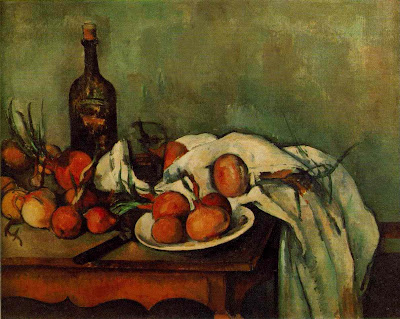
Christmas customs were brought here by the Romans and the first celebration of the day was in 496 when King Clovis was baptised in Rheims along with his entire army of three thousand warriors, presumably in an Olympic-sized font. Charlemagne was crowned emperor on Christmas day in the year 800 and on the same day in 1066 that other Frenchman, William the Conqueror, was crowned in Westminster Abbey.
The first Christmas tree appeared in 1837: it was brought over by a German princess on her marriage to the Duke of Orleans (Germans obviously considered a tree to be a suitable romantic gift because Prince Albert brought one over too, when he married Queen Victoria). Father Christmas evolved from Saint Nicolas, a thinner and more discerning person who distributed presents on the 6th December, accompanied by the Père Fouettard – a rather politically incorrect Father 'Spanker' who punished naughty children by whipping them. Saint Nicolas's day is still celebrated in the north- east of France and so children there get twice as many presents in December as everybody else, which seems a tad unfair.
You can buy Christmas crackers and stockings here now, even though traditionally, French children put their shoes beneath the tree on Christmas Eve. Mind you, as my own children pointed out, that’s only fun if you have big feet. They prefer Christmas stockings because they can tie them to the bedposts and stretch them big enough for Father Christmas to stick a stereo in there and maybe a laptop while he’s at it. The idea for Christmas crackers, on the other hand, came from the French bon bon – a sweet wrapped in tissue paper. Tom Smith, a 19th century London baker, brought these back from Paris, added mottos and gifts and eventually got rid of the sweet altogether to add the ‘snap’. Crackers are still a novelty in France, though – the French get their ‘snap’ from papillottes: foiled-wrapped chocolates which also contain a silly joke but no gift (unless you count the chocolate).
Leaving aside the premature fake-snow-and-holly-wreath window displays, the real run-up to the festivities begins – at least for those who live in Provence, as I used to - on the 4th of December, which is St. Barbara’s day. You plant grains of wheat in a saucer (rather like planting cress), and watch it grow tall and strong by Christmas. We still do this in our house even though my wheat nearly always dies, which apparently means I will not be prosperous during the coming year. Curiously enough, this has so far proved to be true.

The French have not entirely forgotten that Christmas is a religious festival and the focal point is not the tree or the fairy lights or even the bowl of mixed nuts. It is the crèche - the Nativity crib. In Provence, the figurines are clay representations of the Holy Family and also of villagers and local craftsmen. These are called santons - little saints - and the people who make them are santonniers. One santonnier I heard about has made a santon of every single person in his village and at Christmas, each villager brings his clay 'double' to the church and places it in the crèche. The crèche is often the first thing people want you to see when you visit their home although I’ve noticed that no one is ever impressed by my own cotton wool and papier mâché representation. Too conceptual, perhaps.
Children are kept busy here on Christmas Eve, either with cartoons on the television or attendance at Midnight Mass. Père Noël comes by at midnight and the presents are opened then. Rather than falling exhausted into bed, clutching their new Barbies/Playstations, with bits of Sellotape stuck to their pyjamas, the children then have to eat a gargantuan meal with friends and family, called le Réveillon. There is usually a turkey, stuffed with sausage meat and chestnuts, quite often oysters, foie gras, smoked salmon, plenty of champagne and a bûche de Noël -Yule log - for pudding. In Provence, they also serve les treize desserts - symbolic sweetmeats representing the twelve apostles and Christ, which include dried figs, nougat and calissons, a confectionary made from almonds and preserved melon. If you manage to get through that lot, you are allowed to go to bed, unless you are a guest in someone’s home, in which case it would be polite to offer to help with the washing up.
Chez nous, however, Christmas is resolutely English. When they were younger, my children would go to bed early on Christmas Eve after a few carols, mince pies and mild threats involving boughs of holly. They would wake up five minutes after I’d gone to bed and open their presents very noisily and would not want their Christmas dinner because they’d have eaten all the chocolate tree decorations. This year, the only difference will be that they’ll probably go to bed early on Christmas morning.
Joyeux Noël everybody!

























